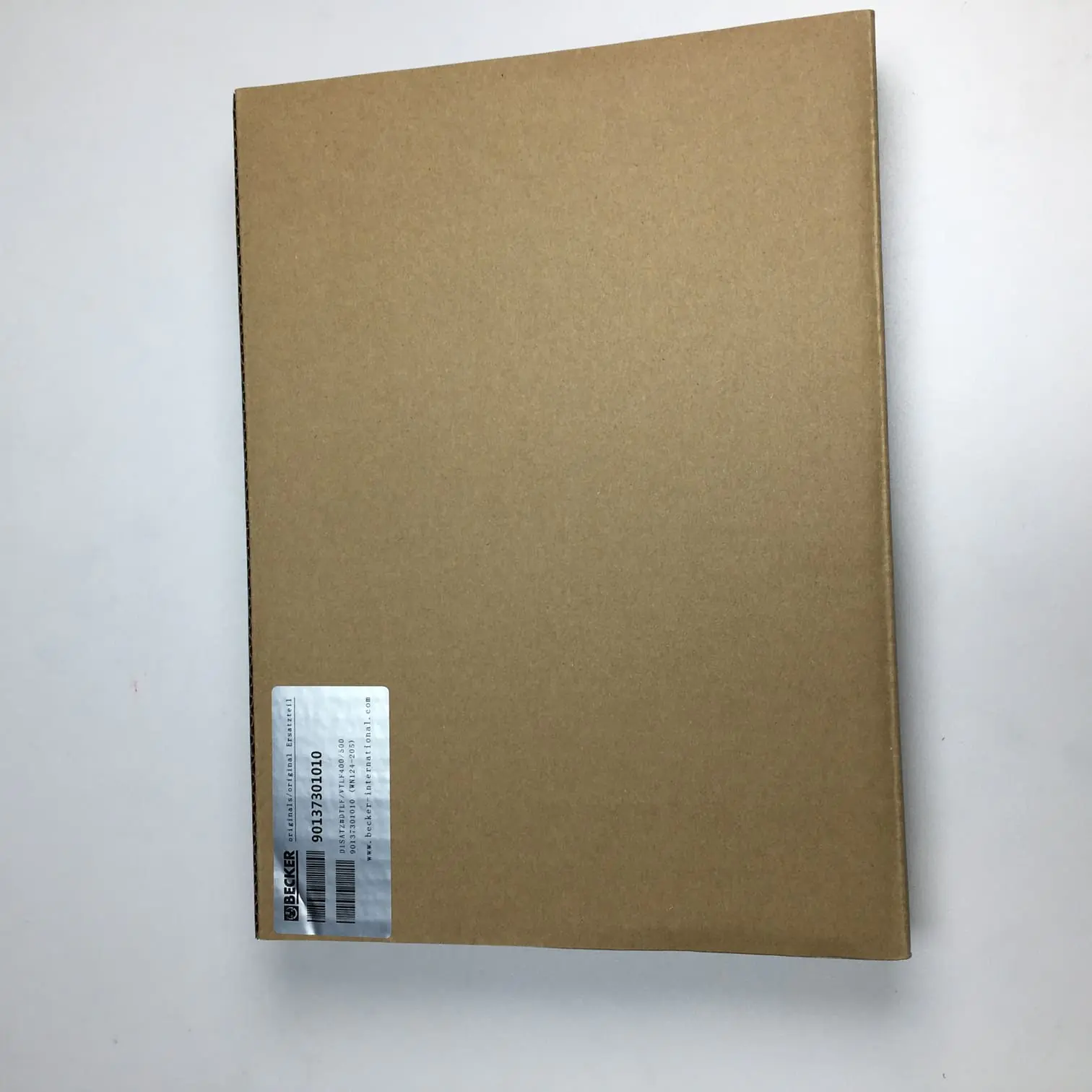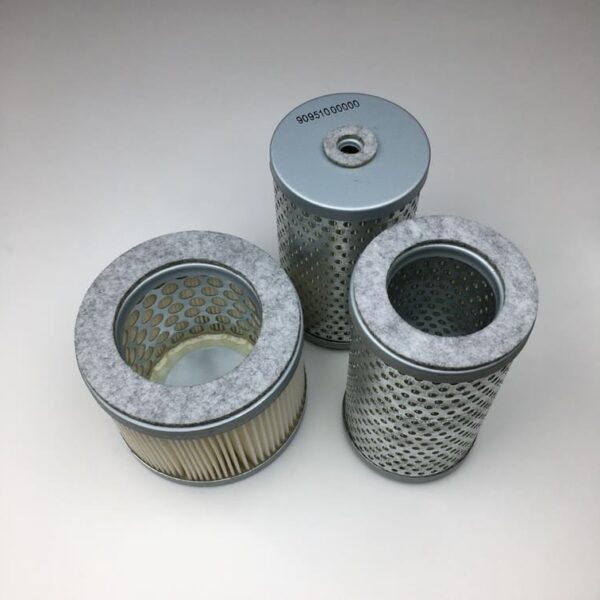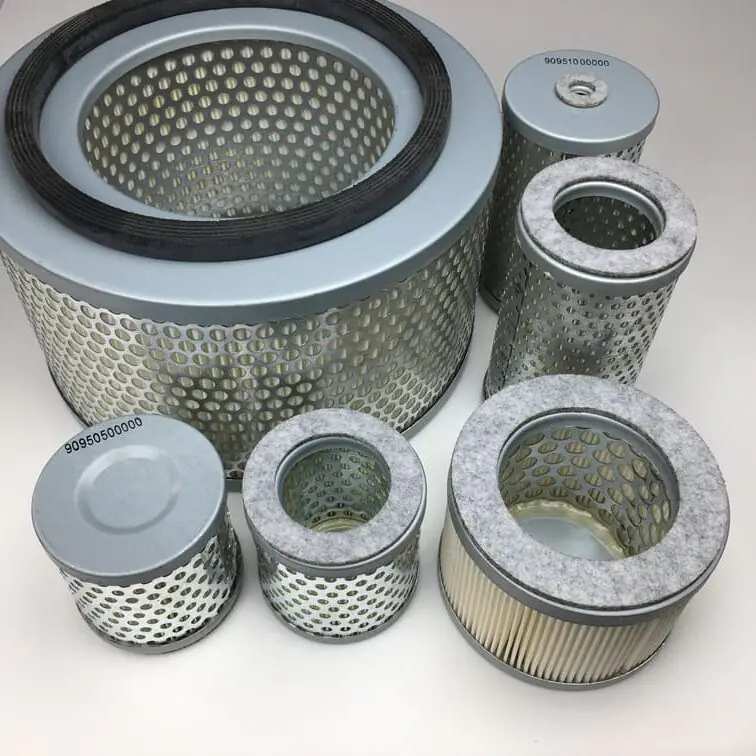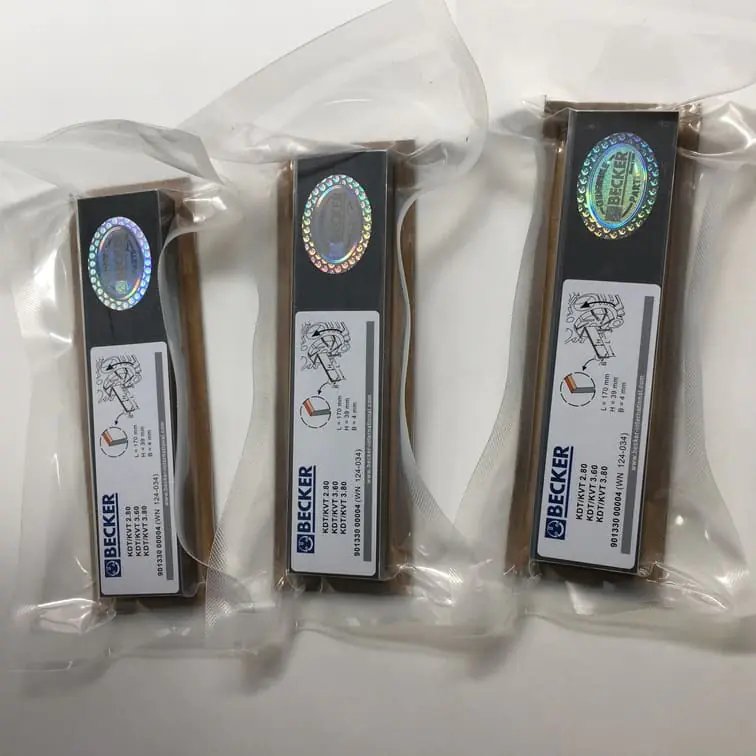How to Vacuum Your AC Car System Without a Pump
An air conditioning (AC) system plays a crucial role in keeping your car comfortable, especially during hot weather. Over time, however, your car’s AC system may need maintenance to function optimally. Vacuuming your AC car system is one part of this maintenance. Usually, this process involves using a vacuum pump to remove air and moisture. But what if you don’t have a vacuum pump? Can you still complete this task? The answer is yes. This article will guide you on how to vacuum your AC car system without a pump, using methods that can help clear the air and moisture while ensuring your AC functions effectively.
Understanding Why You Need to Vacuum Your AC System
To understand why vacuuming an AC system is important, it’s helpful to consider how AC systems work. The process involves refrigerant circulating through the system, which transfers heat from inside your car to the outside. Moisture and air, if present, can lead to system inefficiencies.
Key Reasons to Vacuum the AC System
- Remove Moisture: Moisture in an AC system can freeze and block the refrigerant lines, reducing efficiency.
- Air Removal: Air inside the system reduces cooling effectiveness and can cause excessive wear on components like the compressor.
- Enhance Cooling Efficiency: Vacuuming ensures that refrigerant flows without obstruction, improving the cooling effect.
“An AC system without trapped air or moisture runs smoothly, keeps the cabin cool, and minimizes wear on components.” – HVAC Specialist
Can You Vacuum an AC System Without a Pump?
Vacuuming an AC system without a pump may sound unconventional, but it’s possible with some techniques that create a vacuum-like effect. These methods aren’t as effective as using a dedicated vacuum pump, but they can help remove a significant amount of air and moisture.
Methods to Vacuum Your AC System Without a Pump
1. Using a Vacuum Through Compression and Release
One of the ways to create a vacuum without a pump is to use the principle of compression and release. This involves using the compressor in the AC system itself.
Steps to Follow:
- Close All Valves: Start by closing all valves on the system to ensure there’s no accidental leak.
- Use an Access Valve: Open the access valve on the low-pressure side of the system.
- Turn on the Engine and Compressor: Start the engine and turn on the AC system to its maximum setting. The compressor will pull air and moisture from the system as it operates.
- Repeat the Process: Turn off the engine, close the valve, and allow the pressure to normalize. Repeating this cycle a few times helps to create a vacuum effect.
Note: This method isn’t as effective as a professional vacuum pump, but it can help create negative pressure and remove some trapped air.
2. Gravity Drainage Method
Another technique to vacuum your AC system involves using gravity to release air and moisture. This process takes more time but can be effective in certain situations.
Step-by-Step Process:
- Disconnect the Low-Pressure Hose: Locate the low-pressure side of the system and disconnect the hose.
- Elevate the Car: Elevate the car slightly on one side so that gravity can assist with draining the moisture and air out of the system.
- Leave It for Several Hours: Leave the system open for a few hours, allowing gravity to pull out moisture and air.
| Method | Description |
|---|---|
| Compression and Release | Use the compressor itself to cycle pressure and create a vacuum. |
| Gravity Drainage | Open the system and use gravity to help air escape. |
Pro Tip: When using these methods, always ensure that the access valves are closed tightly to avoid letting in more air after completing the process.
DIY Considerations When Vacuuming Without a Pump
Vacuuming your AC car system without a pump involves some DIY techniques that require a good understanding of the AC system. Here are some things to consider before you start.
1. Safety First
- Wear Protective Gear: Always wear safety goggles and gloves when working with refrigerant. It can cause frostbite if it comes in contact with your skin.
- Proper Ventilation: Ensure you work in a well-ventilated area to avoid inhaling any harmful fumes.
2. Check for Leaks
After you have completed the vacuum process, it is essential to check for leaks. The last thing you want is for moisture or air to get back into the system.
- Soapy Water Test: You can use a soapy water solution and spray it on the connections to see if bubbles form, indicating a leak.
- Use an AC Gauge: An AC manifold gauge can also be used to check pressure stability, indicating a sealed system.
3. Add Refrigerant Properly
Once vacuumed, it’s time to refill the system with the proper refrigerant.
- Use Correct Refrigerant: Make sure to use the right refrigerant type for your vehicle. Consult your vehicle manual for specifications.
- Follow Manufacturer Guidelines: Adding refrigerant improperly can damage the system, so be careful to follow all guidelines.
Warning: Without proper knowledge of AC systems, it’s easy to overcharge or undercharge refrigerant, leading to system inefficiencies.
Importance of Removing Moisture from the AC System
Moisture in the AC system can have severe implications. Let’s take a deeper look into why getting rid of moisture is crucial.
1. Freezing Blockages
When moisture is present in an AC system, it can freeze at low temperatures, creating blockages that prevent refrigerant from circulating.
- Impact on Cooling: When refrigerant flow is restricted, the cooling effect is reduced significantly.
- Increased Wear: The compressor has to work harder, leading to increased wear and potential failure.
2. Corrosion
Moisture can cause corrosion in metal parts of the AC system. This is particularly damaging to evaporators and condensers which are crucial for heat transfer.
- Corrosion Impact: Rust or corrosion reduces the efficiency of the system and can lead to expensive repairs.
Key Tip: Always aim to keep moisture levels as low as possible for maximum efficiency and longevity of your AC system.
Pros and Cons of Vacuuming Without a Pump
Pros
- Cost Savings: The most apparent advantage is saving money. Not needing a vacuum pump reduces the initial investment.
- DIY-Friendly: It allows car owners who are comfortable with DIY methods to perform some level of maintenance on their AC systems.
Cons
- Effectiveness: These methods are not as effective as using a professional vacuum pump. Residual moisture and air may remain, impacting AC performance.
- Time-Consuming: These manual methods take much longer compared to using a vacuum pump.
| Pros | Cons |
|---|---|
| Cost-effective | Less effective in removing moisture and air. |
| Suitable for DIYers | Takes more time to achieve similar results. |
Internal Links for More Information
For those looking to maintain their AC systems more effectively, or for vacuum parts and components, explore the following resources on vacuumpumppart.com:
- 90137301010 | WN 124-205 Original Becker Set of 10 Vanes – Learn about key parts that contribute to an efficient vacuuming process.

- Becker Air Filter for Improved AC System Efficiency – Understand how Becker Air Filters can help maintain a clean and effective AC system.

Frequently Asked Questions
1. Is it possible to remove all the moisture without a vacuum pump?
No, using a vacuum pump is the best way to remove all moisture. The methods mentioned here can help reduce moisture but won’t be as effective as using a proper vacuum pump.
2. How long should I run the car to vacuum the AC system using the compressor?
You should run the car for around 10-15 minutes per cycle when using the compression method. Repeat several times for a better vacuum effect.
3. Will vacuuming the AC system without a pump harm my vehicle?
No, these methods are generally safe if done correctly. However, they are not as effective, meaning residual moisture or air may affect system performance.
4. Can I add refrigerant without vacuuming the system?
It is not recommended to add refrigerant without first removing moisture and air. This can lead to inefficiencies and potential damage to the AC components.
5. What refrigerant should I use after vacuuming the AC system?
Refer to your vehicle manual for the correct type of refrigerant, as using the wrong type can damage your AC system.
Conclusion
While the ideal way to vacuum your AC car system is by using a vacuum pump, it is possible to achieve a somewhat similar effect using alternative DIY methods like compression and release and gravity drainage. Though these approaches are not as effective as using a professional tool, they can still provide some level of maintenance for your vehicle’s AC system, especially if you’re in a situation where you do not have access to a pump. Remember, keeping the AC system clear of air and moisture is crucial for its efficiency, longevity, and for keeping your car comfortably cool.






